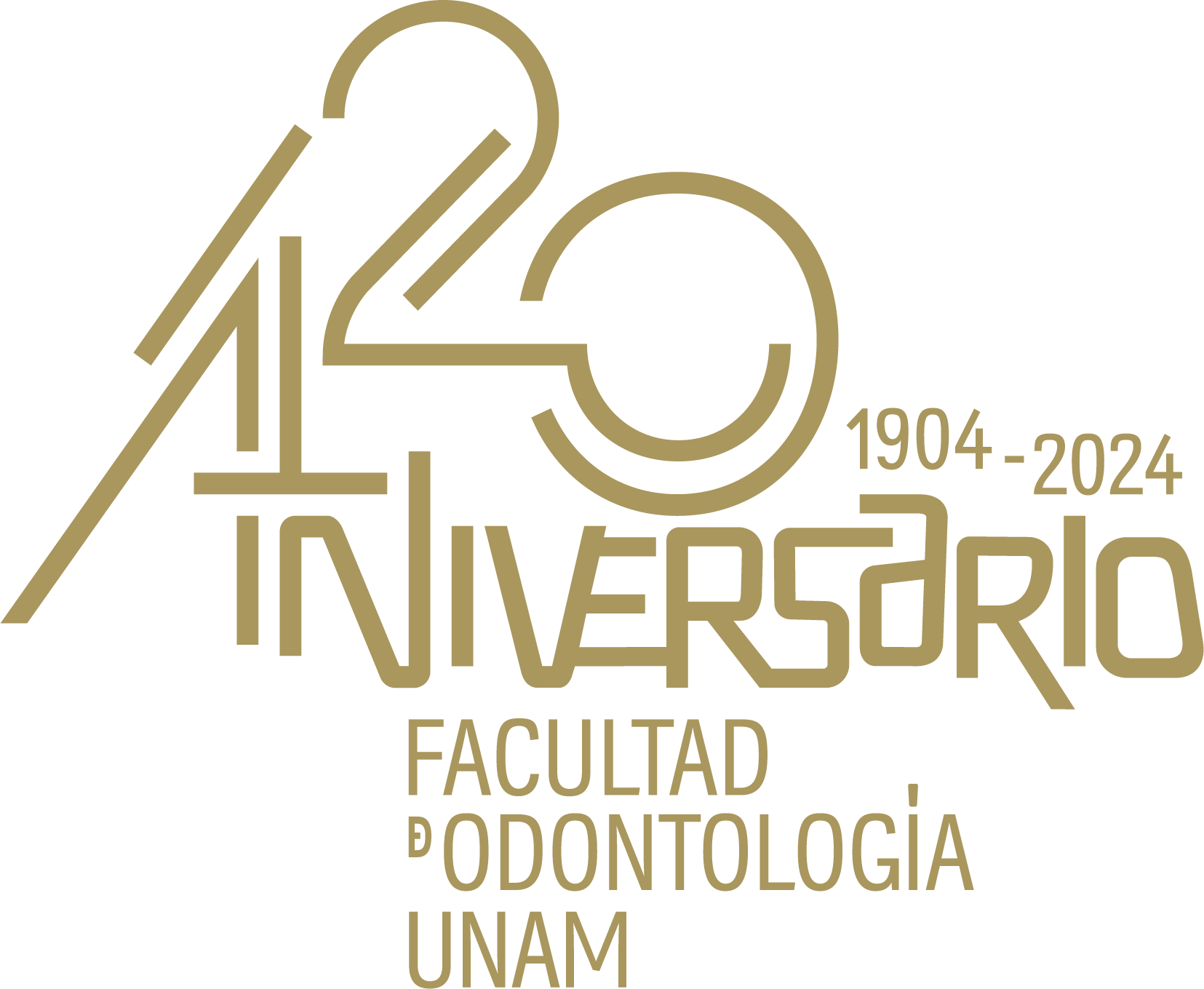Registro completo de metadatos
| Campo DC | Valor | Lengua/Idioma |
|---|---|---|
| dc.rights.license | https://creativecommons.org/licenses/by-nc-nd/4.0/legalcode.es | - |
| dc.creator | Mora Hurtado, Rafael | - |
| dc.creator | Vera Serna, María Eugenia | - |
| dc.creator | Uribe Querol, Eileen | - |
| dc.date.accessioned | 2025-01-29T00:11:57Z | - |
| dc.date.available | 2025-01-29T00:11:57Z | - |
| dc.date.issued | 2016 | - |
| dc.identifier.issn | 2395-9215 | - |
| dc.identifier.uri | https://ru.odonto.unam.mx/handle/123456789/32165 | - |
| dc.description.abstract | The lower incisor and its position in the arch are considered of vital importance when planning orthodontic treatment due to its effects on aesthetics and treatment stability. Facial biotype plays an important role in diagnosis and orthodontic treatment planning. Objective: of this study was to compare the lower incisor inclination of each facial biotype in patients whose maxillomandibular sagital relationship was class I as assessed by Ricketts lateral cephalometry. Material and methods: 100 lateral headfilms of class I skeletal patients were selected and classified according to VERT’s facial biotype and the lower incisor inclination to the A-Pog plane was measured. Results: showed that incisor inclination between dolichofacial and mesofacial patients is not different, but among brachyfacial and dolichofacial there were statistically significant differences, as it happens between mesofacial and brachyfacial. In dolichofacial patients, there is more incisor inclination than in brachyfacial patients. Conclusion: that dental inclinations vary according to facial biotype, so diagnosis is essential in order to make the correct choice of appliances. When treating brachyfacial patients a reduced lower incisor inclination should be considered compared to dolichofacial patients. | - |
| dc.language | eng | - |
| dc.publisher | Universidad Nacional Autónoma de México. Facultad de Odontología | - |
| dc.rights | La titularidad de los derechos patrimoniales de esta obra pertenece a las instituciones editoras. Su uso se rige por una licencia Creative Commons BY-NC-ND 4.0 Internacional, https://creativecommons.org/licenses/by-nc-nd/4.0/legalcode.es, fecha de asignación de la licencia 2017-04-03, para un uso diferente consultar al responsable jurídico del repositorio por medio del correo electrónico revistamexicanadeortodoncia@gmail.com | - |
| dc.subject | Dental inclination | - |
| dc.subject | lower incisor | - |
| dc.subject | facial biotype. | - |
| dc.subject.classification | Ciencias Biológicas, Químicas y de la Salud | - |
| dc.title | Lower incisor inclination in relation to facial biotype in skeletal Class I patients | - |
| dc.type | Artículo Técnico-Profesional | - |
| dcterms.provenance | Universidad Nacional Autónoma de México. Facultad de Odontología | - |
| dc.description.repository | Repositorio Universitario de la Facultad de Odontología, https://ru.odonto.unam.mx/ Facultad Odontología | - |
| dc.rights.accessrights | Acceso abierto | - |
| dc.identifier.url | https://revistas.unam.mx/index.php/rmo/article/view/59074/52150 | - |
| dc.identifier.bibliographiccitation | Mora Hurtado, Rafael, et al. (2016). Lower incisor inclination in relation to facial biotype in skeletal Class I patients. Revista Mexicana de Ortodoncia; Vol. 4 Núm. 3, 2016. | - |
| dc.identifier.doi | https://doi.org/10.1016/j.rmo.2016.10.031 | - |
| dc.relation.ispartofjournal | Revista Mexicana de Ortodoncia; Vol. 4 Núm. 3 (2016) | - |
| Aparece en las colecciones: | Revistas | |
Los ítems de DSpace están protegidos por copyright, con todos los derechos reservados, a menos que se indique lo contrario.

